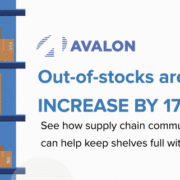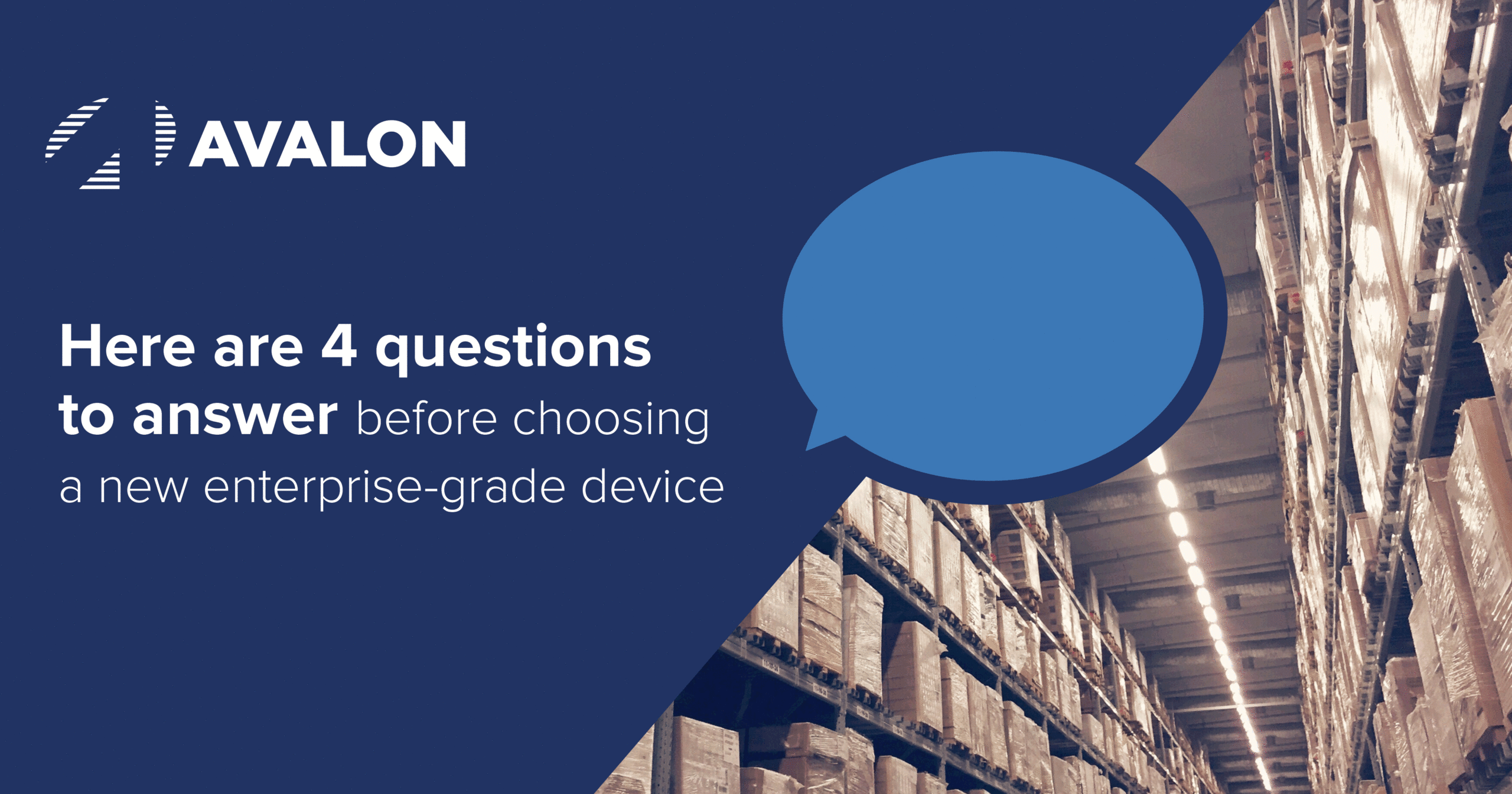LIBERTY CORNER. N.J. – Keeping up with its tradition as an innovator, Avalon is among the first partners to join Zebra’s Fetch Robotics Referral Program, facilitating next-generation automation solutions.
As AMRs continue to reshape modern warehousing, Zebra’s acquisition of Fetch Robotics is set to empower resellers in the referral program to best identify, deploy, and maintain on-demand automation in fulfillment centers.
“We’re constantly pushing our customers towards adaptable modernization to keep them ahead of market challenges,” said Doug Houser, Vice President of Marketing and Business Development. “Being a part of the referral program will give us access to the latest warehouse technology, so we can build future picking solutions with competitive devices like AMRs and even cloud-based apps, all without having to go through a ton of different vendors.”
The program is also expected to complement current solutions like Zebra’s FulfillmentEdge and several data capture systems. Seamless integration will be pivotal since over half of modern warehouses equip the workforce with partial automation. Expects hold a positive outlook on the possibilities brought on by the acquisition.
“Our goal is to give robots and people the opportunity to do their very best work,” said Bill Burns, Chief Product & Solutions Officer, Zebra Technologies in their press release. “This acquisition is a continuation of what we expect to be a series of innovations that reflect our commitment to creating solutions that help our customers improve their operations through robotics.”
All questions concerning Avalon’s future offers in robotics can be directed here.










